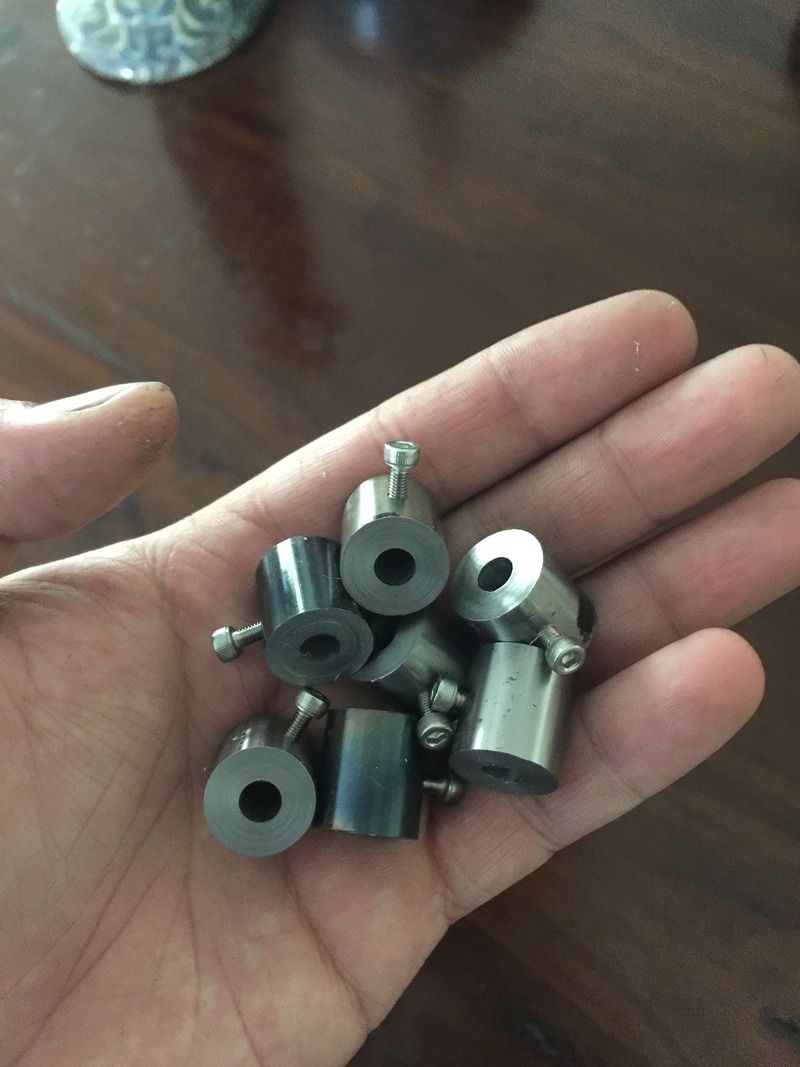This should be easy-peasy. You don't need weird size or special taps, just a quality, sharp taper-point plug tap, such as OSG or Greenfield. Forget hand taps, forget no-name discount Asian, forget Sears Craftsman, forget Vermont American, forget Hanson. These will only cause grief. Taper-point taps are sometimes called gun taps because they shoot the chips out ahead. Even in a blind hole, you can dig out the chips with a small drill after you're done. Are you absolutely sure the tap drill size was correct (#36)? Is the hole deep enough? Was it a decent drill? How did you guide the tap? Do not even think about attempting free-hand tapping in this situation, especially entering a curved surface. The high sides will catch first and push the tap off-line. It would help to countersink the hole a little before tapping to cure the curved surface issue.
If it was up to me, I'd do it with a spiral flute tap, but those are more fragile, or even a thread forming tap in soft O-1. (What you have is almost certainly "normalized", which is about the most machinable condition possible for O-1.)
I suppose it is possible to make a hard spot by totally frying the hole with a dull drill, but you literally have to get the material orange-hot and have it cool fast by the remaining cold metal mass. You would know it!








